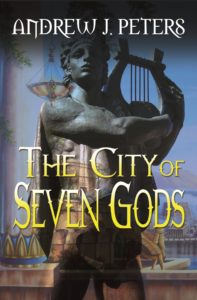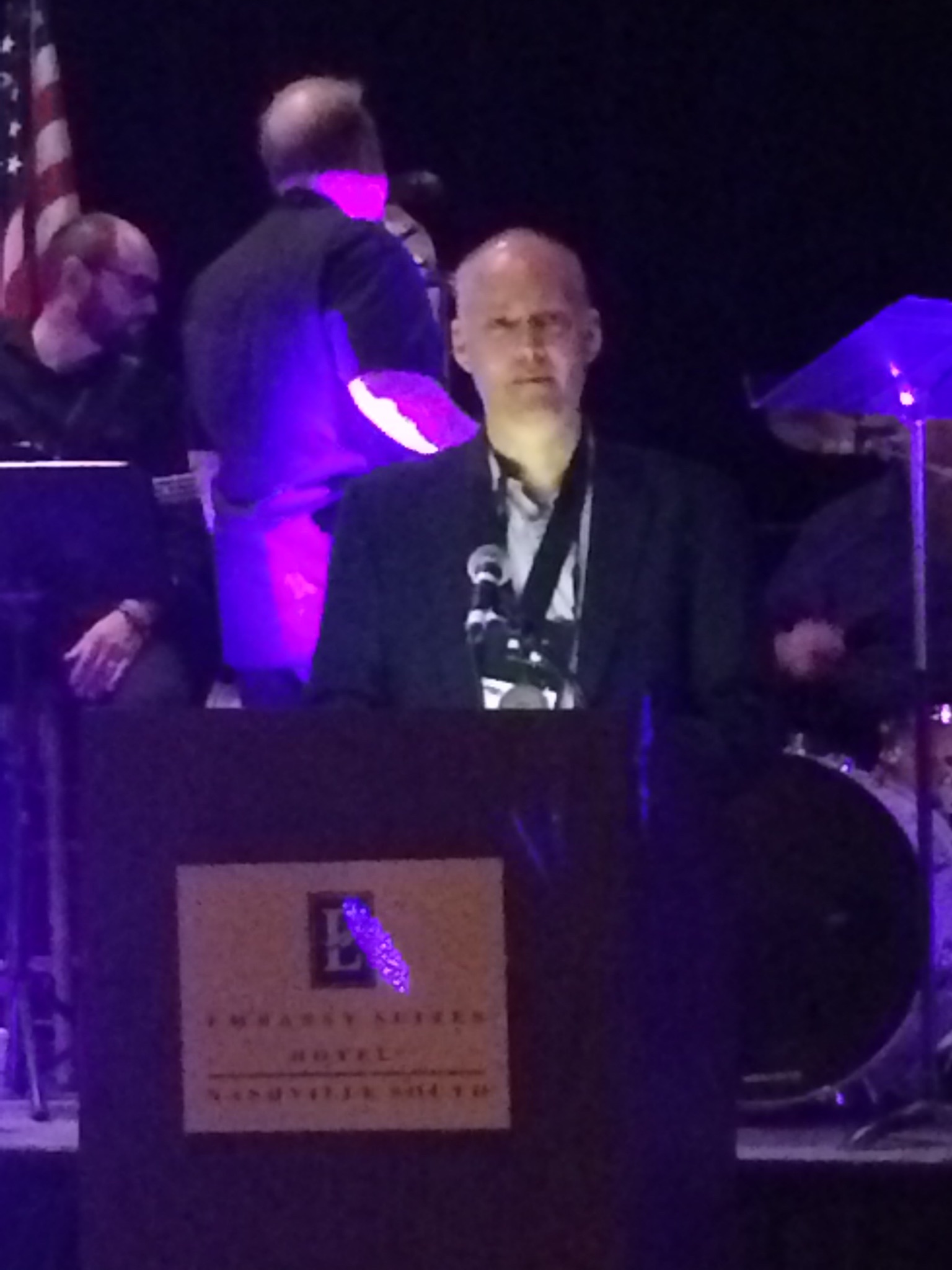Every author out there can back me up when I say generating book sales is hard. It’s funny, when I tell non-authors I wrote this or that book, their eyes light up, beholding some sparkling hardcover emblazoned with my name, prominently displayed in the front case of a bookstore.
Naturally, I understand. I still trip out on those fantasies myself sometimes.
The humbling truth though is for those of us who haven’t become a household name – Stephen King, James Patterson, Anne Rice – landing opportunities for readers to discover our books, in big ways at least, is tough, tough work. It’s easy getting a book for sale at on online retailers like Amazon, but those retailers carry millions of titles, stacked somewhat helter-skelter in a virtual megawarehouse that visitors wind their way through, often with a specific author or book title in mind, often for just a couple of minutes. A complex set of criteria determines the ‘visibility’ of titles, and besides the ones you pay for (i.e. advertisements), they’re dependent on lots of people buying and reviewing the title first so that it ends up on a gallery like “bestsellers.” “new releases,” or “new and noteworthy titles.”
I’ll stop there with the explaining, though drop me a comment, and I’ll happily go on with what I know about algorithms, interest data, and other geeky things. I’m not an expert for sure, but I’m always happy to share what I’ve learned.
A strategy I had seen in marketing articles and author discussion boards was pricing the first book in a series as permafree. Smashwords publishes annual reports with excellent information about pricing, sales and trends. Here’s their 2017 Survey, which includes a section: Does free still work? (Spoilers: Yes, but it’s still worth reading the report for the details).
It makes logical sense. Lower the barrier for readers to download the first title in the series, and while you’re not making money from those downloads, the increased activity boosts the visibility of the title so more people will download it. A percentage of those downloaders will read the book, which retailers track and use as an indicator that other readers will read the book too. A percentage of those readers will like the book, post a rating and/or review, and buy the next book in the series. If they’re hooked, they’ll buy books three, four and so on, and each title will get a boost.
By indie press standards, the first book in my Werecat series, The Rearing, had sold reasonably well in its first year (2013) and garnered favorable reviews in the blogosphere and on Amazon and Goodreads. Though sales declined pretty rapidly, and besides a modest spike when the first three books were packaged together in 2015, the follow-up titles were not performing so spectacularly.
Happily, the publisher still believed in the series and took on the fourth and final installment with some new marketing ideas in mind. One of those ideas was to make The Rearing permafree when the fourth book was released on June 27th.
At one month out, I reported that the impact was pretty exciting, particularly for the permafree title, which got over 2,000 downloads in that thirty-day period, which is more ‘sales’ than it had made over the four years that it had been available for $1.99 and more recently $.99. It also received a new batch of ratings and reviews, and there were indicators of a trickledown effect for books 2-4. You can see my full report here.
Now, at a little more than two months out, downloads of The Rearing have tapered off a bit, but it’s still hovering between 1,000-2,000 on the Kindle bestsellers chart, and between 1-20 in its category (Gay fiction), which is really helpful for visibility. Over four years, the title received nine ratings/reviews on Amazon and twenty-one on Goodreads. Since going permafree, those numbers shot up to sixteen Amazon reviews and thirty-eight Goodreads reviews, by and large very positive, especially on Amazon.
A brief tangent: the average rating for the title dropped a bit on Goodreads as a result of those recent readers who got the book free, a slight cautionary tale for authors considering the permafree route. I suspect that buyers of free books may behave differently than those who pay to read. Perhaps they don’t vet the title as closely to determine if it sounds like a book they would like. A sideline curiosity.
Over two months, there have also been steady, if not dramatic sales of the other books in the series and a smaller increase in reviews. As one might expect, the second book has benefitted the most at this stage. I’d certainly like to see bigger results across the board, but for a series that was dwindling in sales overall, I’d definitely say that making the first title permafree was a shot in the arm.
I have been doing other things to promote the series – sending out review requests to bloggers, some ad runs at Goodreads and The Romance Reviews, promoting it on social media and to my mailing list. The publisher is also running ads on Amazon for The Rearing. My hope is that the cumulative efforts will lift the series over the long term, and I’ll happily let folks know how that goes!
In the meantime, if you’ve read The Rearing and any of the other books, I’d love it if you would post a rating/review, particularly on Amazon. As I’ve heard, books with fifty or more customer reviews on Amazon get a nice boost in visibility on the site.








